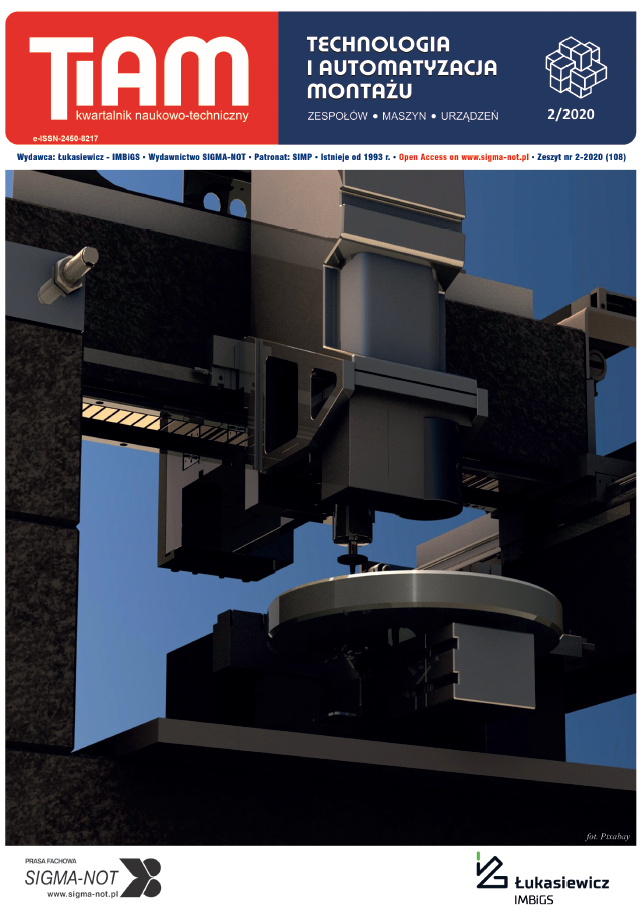Abstract
During the operation of aircraft, rivets sometimes loosen, what requires their replacement. The use of original rivets in repairs is troublesome and sometimes impossible due to the lack of access to the interior of the airframe structure. In this case, blind rivets should be used, provided that they have greater or equivalent strength to the original rivets. The aim of the study was to compare the statistical strength and fatigue life of the rivets that are usually used in the construction of the Mi-24 airframe and blind rivets that can be their substitutes. The object of the study included one-sided rivets: titanium core threaded MBF2110AB-05-15 with round head (4.2 mm diameter) and one-side Huck rivet with an extruded core (diameter 4.8 mm). The properties of these rivets were compared with those of ordinary 3558A-4-10 mushroom rivets manufactured from the W65 alloy used in the construction and repair of Mi24 helicopters. Comparative tests of rivet shear strength, head and end pull-off strength and fatigue life were carried out. An important problem turned out to be the selection of such a sample for fatigue tests, so that rivets and not the plates connected with them were destroyed by fatigue. These requirements were met by single strap samples in which C profile was strap.
This is an Open Access article distributed under the terms of the Creative Commons Attribution License CC BY 4.0 (https://creativecommons.org/licenses/by/4.0/)
References
Adameczek A., Godzimirski J. 2017. „Optymalizacja wytrzymałości połączeń klejowo-nitowych”. Technologia i Automatyzacja Montażu 96(2): 7-12.
Gąsior J., Komorek A., Rośkowicz M., Tkaczuk S. 2018. „Ocena możliwości zastąpienia nitów typu solid w połączeniach konstrukcji lotniczych”. Technologia i Automatyzacja Montażu 100(2): 53-56.
Klaassen W. 1955. The fatigue diagram for fluctuating tension of single lap joints of clad 24 ST and 75 ST aluminum alloy with 2 rows of 17 S rivets. Report NLR M.1980. NLR, Amsterdam.
Müller R.P.G. 1995. An experimental and analytical investigation on the fatigue behavior of fuselage riveted lap joints. The significance of the rivet squeeze force, and a comparison of 2024-T3 and Glare 3. Ph.D. thesis, TU Delft. The Netherlands: TU Delft.
Schijve J. 2009. Fatigue of Structures and Materials. Springer Netherlands.
Skorupa A., Skorupa M. 2012. Riveted Lap Joints in Aircraft Fuselage - Design, Analysis and Properties. Springer Dordrecht Heidelberg New York London.
Szulżenko M.N., Mostowoj A.S. 1970. Konstrukcja samolotów. Warszawa: WKŁ. [8] Szymczyk E. 2016. Numeryczna analiza zjawisk lokalnych w połączeniach nitowych konstrukcji lotniczych. Warszawa: WAT.


